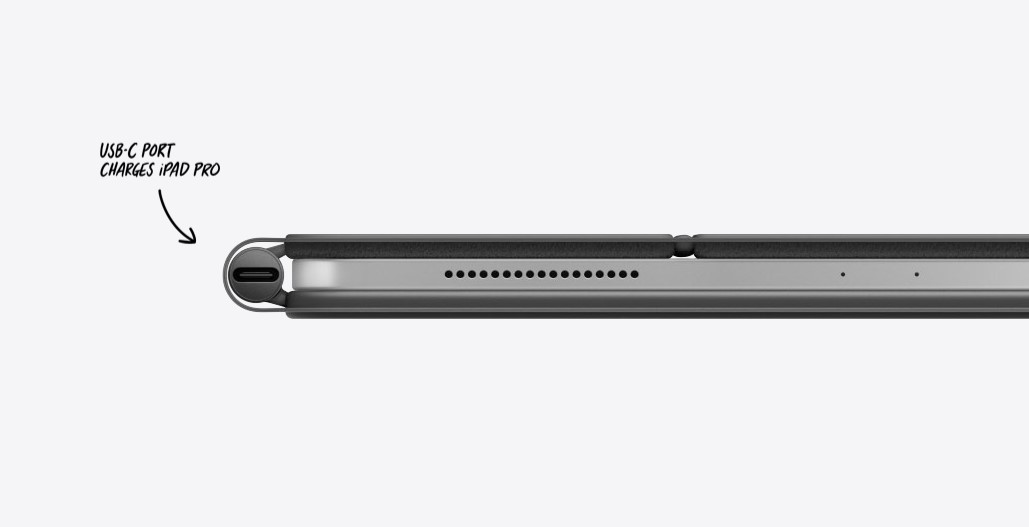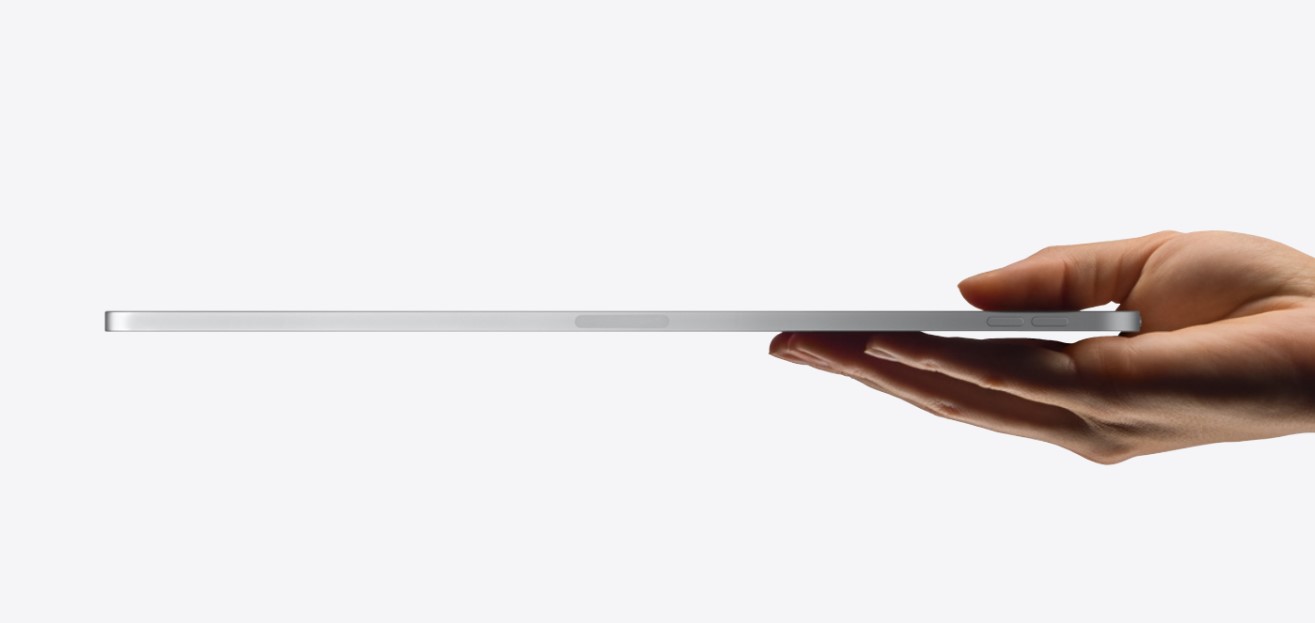It’s a computer that’s not a computer? At least I think that’s what Apple is saying. While you try and wrap your head around that thought, the new 2020 iPad Pro, is here. With it is some fancy new trickery including a couple of things that make a computer, a computer.
So, first things first, the design. The 2018 iPad Pro is a sleek, beautiful slab of metal and glass and the 2020 version is similar, if not the same. The only tell-tale sign is around the back—the 2020 iPad Pro sports an iPhone-like dual-camera bump. But that’s not all, the camera bump also houses a LiDAR (Light Detection and Ranging) sensor, yes, the tech that gives self-driving cars the ability to “see” as well as used by NASA for its next Mars landing mission.

Camera that does even more
The LiDAR scanner uses direct time of flight to measure reflected light from up to five metres away—both indoors and out. This additional new tech opens up new possibilities for augmented reality applications and more. AR tasks are quicker and more accurate, thanks to the LiDAR camera.

While I trust not many use the iPads to shoot photos or videos (though I could be wrong here), the new sensors on the iPad Pro are capable shooters. There’s a new 10MP ultra-wide camera that complements the 12MP wide main camera.

Apple has retained the edge-to-edge Liquid Retina display on both the 11-inch and 12.9-inch models. The gorgeous, immersive display boasts 120Hz ProMotion, True Tone, industry-leading colour accuracy with P3 wide colour gamut and offers up to 600 nits of peak brightness.
Powering the metal slab is a new A12Z Bionic chipset, and upgrade over the A12X Bionic on the previous generation. “It outpaces most PC laptops available today,” says Apple. The A12Z Bionic with new 8-core graphics and better thermal design makes it 2.6x faster than the 2017 iPad Pro.

Battery life is claimed to be up to 10 hours and it charges via USB-C. Next, in terms of connectivity, the iPad Pro packs Wi-Fi 6 and Gigabit-class LTE.
The device retains its much-loved four-speaker audio system with Dolby Atmos support. The Apple Pencil remains unchanged.
It floats like Magic
What you’ll love and possibly make you go “wow” is the all-new “floating” Magic Keyboard. For the first time, the iPad Pro gains a trackpad alongside a full-sized backlit keyboard. The new keyboard cover features a floating cantilever design that allows you to attach the iPad Pro magnetically. You can smoothly adjust it to a suitable viewing angle.

There’s a built-in USB-C port that allows passthrough charging, freeing up the charge port on the device itself for other uses.

The chiclet keys offer 1mm of travel and use a scissor mechanism.
The “click-anywhere” trackpad works perfectly with the new cursor in iPadOS. This should make some people extremely happy, especially those who have been contemplating using the iPad Pro as a daily “notebook.”

On that note, the cursor is round, atypical of the regular cursor you’d find with a mouse. When you hover the cursor over certain parts of the interface, they animate. The trackpad itself allows familiar Multi-Touch gestures—three-finger swipes and all.
The new cursor supports comes with the new version of iPadOS slated for a 24 March release. The Magic Keyboard, unfortunately, only arrives in May. It’s also going to cost you a pretty penny—USD299 (~MYR1,308) for the 11-incher and USD349 (¬MYR1,526) for the 12.9-inch variant. In case you were wondering, it works with the 2018 iPad Pro, too. If that sounds pricey to you, Logitech has a trackpad-laden keyboard cover, too, which cost a fraction of Apple’s one.

Pricing and availability
The 11-inch 2020 iPad Pro starts from USD799 (~MYR3,494) while the 12.9-inch starts from USD999 (MYR4,369). Storage options range from 128GB for the base model up to 1TB.
For more information, visit Apple.com












